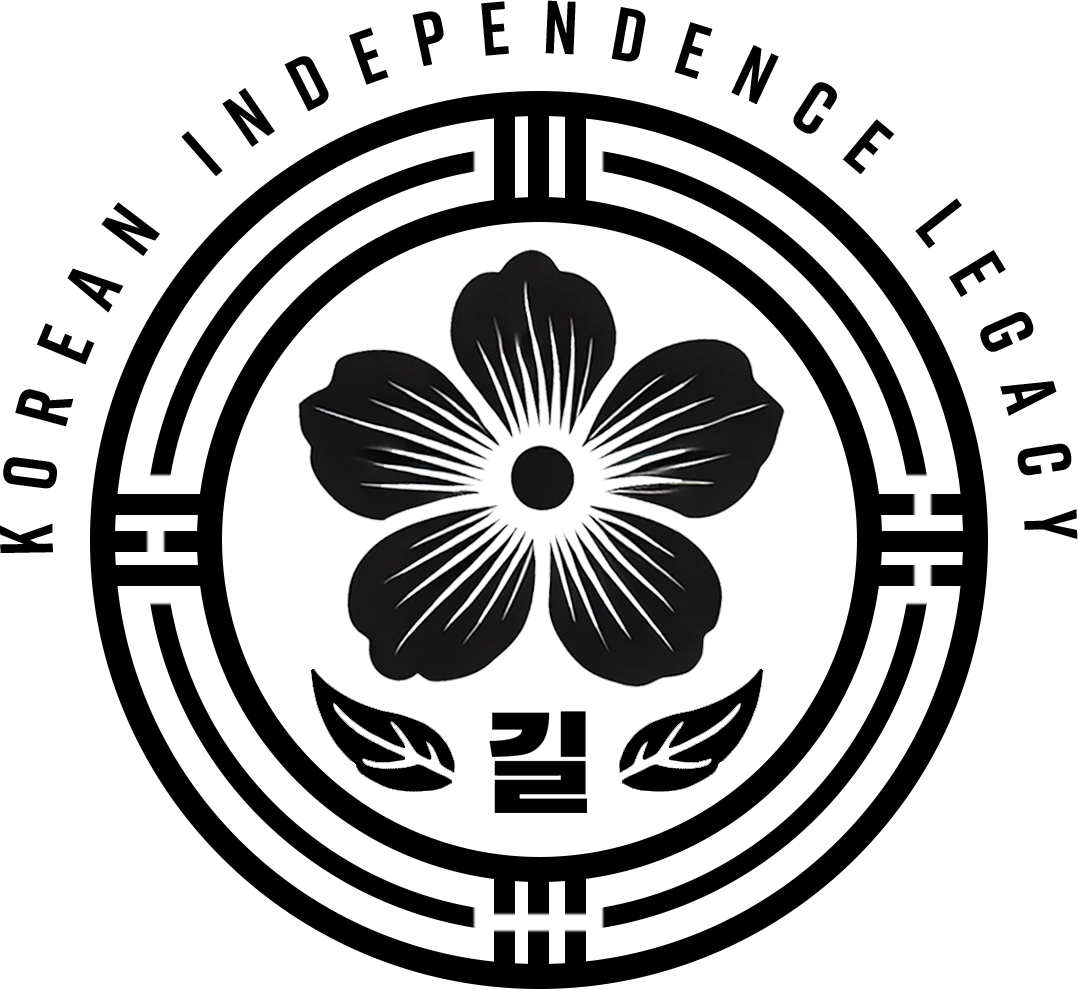Byron Chang (장병훈)
Remembering Byron Chang (장병훈)
Born in Pyongyang in 1894, Byron Chang was a martial artist, organizer, and one of Korea’s earliest aviators. Trained in California, he took to the skies in service of Korean independence — becoming a Willows Aviation school instructor , community leader, and unwavering force in the fight for freedom.
Though he lived most of his life in exile, he never stopped serving his homeland. In 2014, the Republic of Korea posthumously awarded him the Order of Merit for National Foundation.
His legacy lives on — in the air, on the ground, and in our memory.
Wings of Devotion: The Life of Chang Byung Hoon (Byron Chang)
Chang Byung Hoon was born on November 21, 1894, in Sujeong, a neighborhood in Pyongyang, Pyeongannam-do, the son of merchant Jang Du-heon and Kim Hyeon-suk. The second of seven children, he grew up in a household where duty and resilience were core values. From an early age, Chang displayed an unshakable sense of purpose — the kind of quiet fire that would later propel him across continents and into the sky, in pursuit of his homeland’s freedom.
His education began with classical Chinese studies, followed by enrollment at Soongdeok Elementary School and later Soongsil Middle School, both in Pyongyang. He then transferred to Seoul to attend Kyungshin Middle School. But as Japan’s grip on Korea tightened, books and exams were no longer enough. In 1914, at just 20 years old, he crossed into Western Manchuria to join the Sinheung Student Association, a movement tied to the famed Sinheung Military Academy, which trained thousands of young men to be warriors for Korean independence.
Chang, skilled in martial arts and judo, quickly earned a reputation as a dedicated patriot. But it wasn’t long before he realized that the fight for liberation would not be won on Korean soil alone. In 1916, he boarded the S.S. China with 28 other independence fighters and sailed to America, arriving in San Francisco on May 16. There, in the fields of Stockton, California, he took up agricultural work while quietly organizing with the Heungsadan (Young Korean Academy) and the Korean National Association (KNA). It was in these circles that he met like-minded visionaries — including Lee Yong-geun, Han Jang-ho, and Lee Cho — all of whom would later become pioneers in Korean military aviation.
In 1919, the year the March 1st Movement shook the Korean peninsula, Chang co-founded the Youth Patriotic Corps, an anti-Japanese resistance group that aimed to secure Korean independence through military means. Their mission was clear: build strength through discipline, learn modern warfare, and be ready when the call came. That call — for Chang — would come from the skies.
Later that year, Chang enrolled at the Redwood Aviation School in California, a successor to the renowned Christofferson Aviation School and a hub for young Korean patriots training to become pilots. Under the tutelage of legendary flight instructor Frank Bryant, Chang became one of Korea’s first aviators. The school would eventually serve as a blueprint for the Provisional Government’s own air corps.
In February 1920, General Noh Baek-rin, the Provisional Government’s first Minister of Military Affairs, visited Redwood. There he met Chang and five other Korean aviation students. They took a now-famous photograph together — six young men standing with the General, ready to fight for their homeland from above. The Independent newspaper would go on to print it under the headline “The First Aviators of Korea,” offering a glimmer of hope to those still suffering under Japanese rule. Though the headline was inaccurate, the moment was deeply symbolic.
On June 17, 1920, Chang graduated alongside Han Chang Ho and Lee Yong-geun. He soon moved to Kansas City, where he continued organizing Korean communities in exile. At March 1st memorial services in both 1924 and 1925, it was Chang who stood before the crowd to read the Korean Declaration of Independence — not as a politician, but as a man who had already pledged his life to the cause.
In the years that followed, Chang relocated throughout California — living in cities such as Dinuba, Los Angeles, Whittier, Delano, Reedley, and Sanger. In each place, he opened stores, inns, or community hubs. These weren’t just businesses — they were lifelines for fellow Koreans in need. He provided housing, job connections, and even coordinated labor placements. His fruit and vegetable shops became places where people found both food and hope.
Throughout the 1930s and 1940s, Chang remained deeply involved in the KNA, elected repeatedly to leadership positions within its Central California chapters. He raised funds for Chinese troops fighting Japan, helped build Korean association halls, and donated regularly to Korean Liberation Army efforts. He participated in national conferences, community organizing, and press operations. Even in his 40s and 50s, Chang was often the one reading declarations, chairing meetings, and making the long train rides across California to represent his community.
He never stopped giving. From 1917 to 1945, he supported the independence movement with everything he had: public bonds, national defense taxes, patriotic donations, printing costs, construction funds — whatever was needed. And always, he did so quietly. Humbly.
In 2014, nearly 70 years after Korea’s liberation, the Republic of Korea posthumously awarded Chang Byung Hoon the Order of Merit for National Foundation (Patriotic Medal) — a long-overdue recognition for a man who never sought recognition.
Chang’s story is not just one of flight. It is the story of a man who gave his life to a country that, for most of his life, he could not live in. A man who trained to fight in the air but served just as fiercely on the ground. A man who believed that even if freedom came after his time, it was still worth everything.
He was an aviator. A revolutionary. A quiet, relentless builder of freedom.
His name was Chang Byung Hoon— and his story deserves to be remembered.
